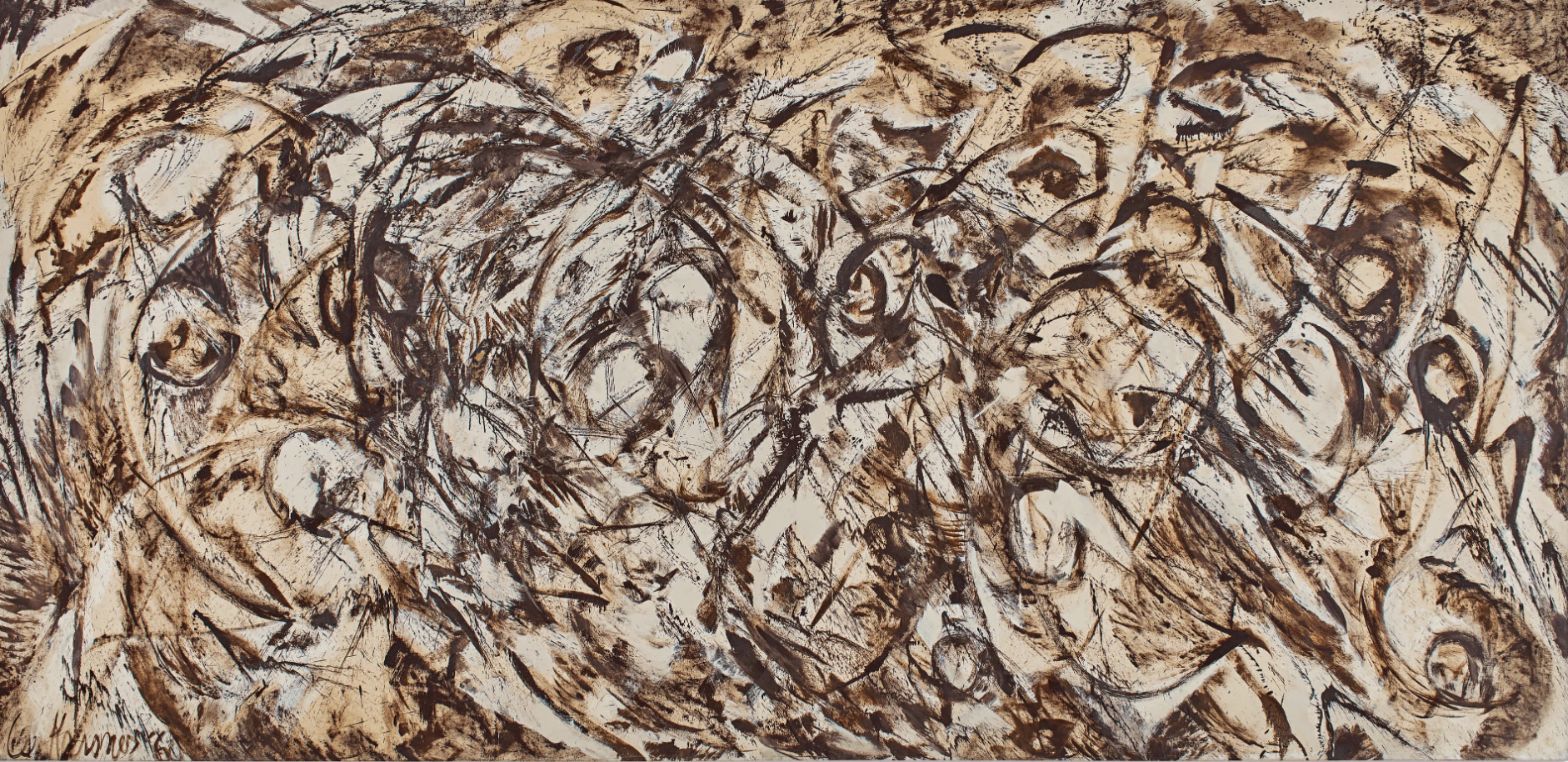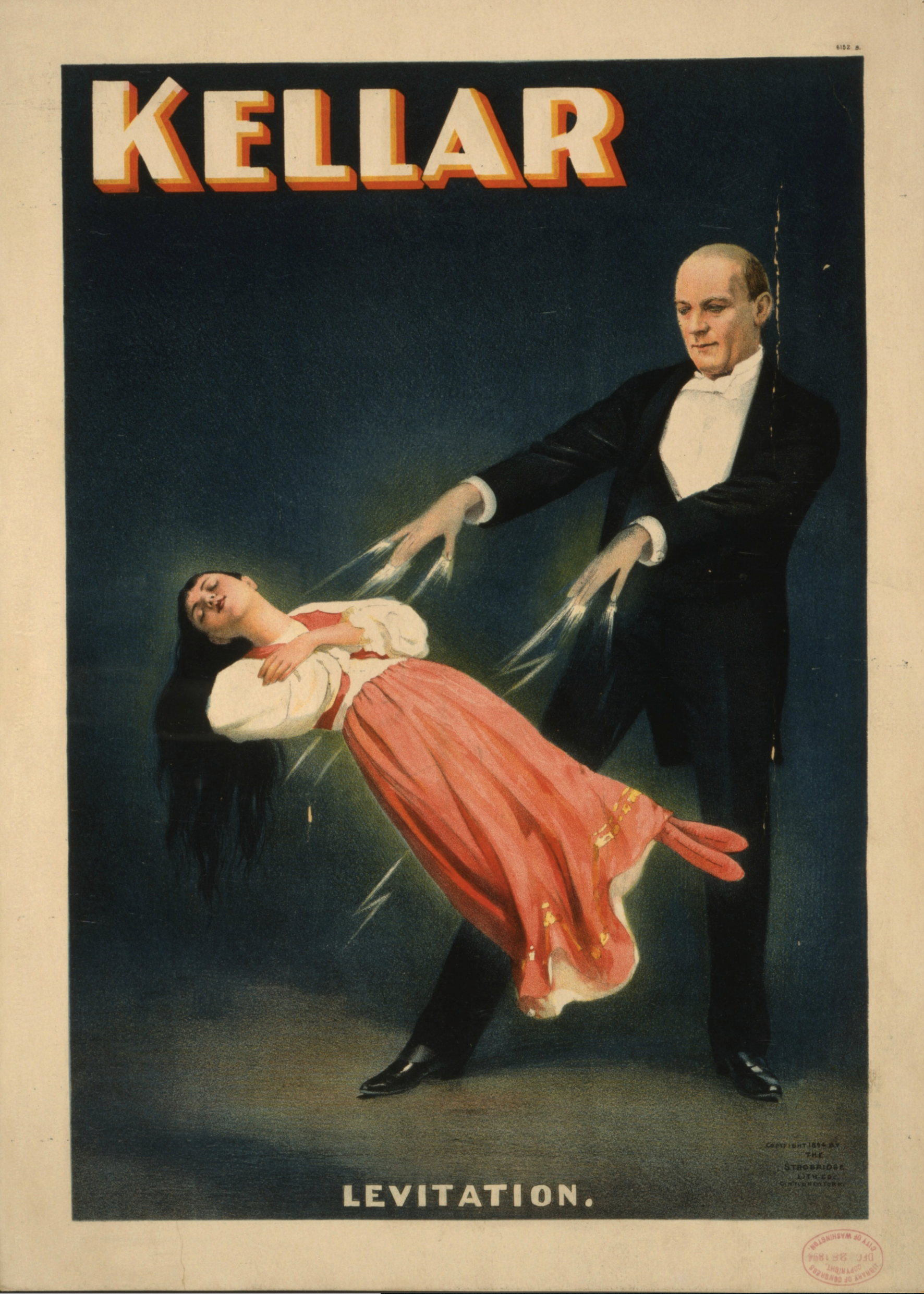Forget What You Know: Natalia Goncharova and the Spirit of ‘Everythingism’
Natalia Goncharova (1881- 1962), Peasants Picking Apples 1911 (ADAGP, Paris and DACS, London 2019)
I recently attended an exhibition of the work of Russian artist Natalia Goncharova. (Tate Modern, London until 8 September)
Peasants pick apples and dance in circles. They cut hay at harvest time and gather firewood in the snow. A head-scarfed bread seller caresses a crusty loaf. Two sporty rowers lean into their strokes. A couple of beefy wrestlers are locked in each other’s arms. Trains, planes and bicycles whizz past at incredible speed. Machines manically weave, as factory chimneys loom ominously over us. Angels grapple aeroplanes to the ground.
Goncharova’s work at once captures the timeless routines of rural Russia and the breathless velocity of the twentieth century. It fizzes with vital energy, radiates with vibrant colour.
‘I believe that colour possesses a strange magic: sad colours, joyous or calm colours, a delicate or stronger colour harmony – these are not simply words that characterise an emotion similar to the sensations of taste. Colours have an effect on one’s psychological make-up.’
Natalia Goncharova’s ‘exhilarating’ Cyclist, 1913. Photograph: © ADAGP/DACS
Goncharova was born into a family of Russian aristocrats in 1881. She grew up on country estates 200 miles from Moscow, and moved to the city when she was 11. At 20 she enrolled to study art at the Moscow Institute and by 22 she was exhibiting in the major salons.
Although Goncharova was classically trained, she was inspired by modern French painters and by traditional Russian arts and crafts. In 1909 she left the Institute and with fellow radical students formed Moscow's first independent exhibiting group. Critical to her development as an artist was her rejection of everything she had studied at college.
‘I have passed through all that the West has to offer… and all that my country has assimilated from the West… I now shake the dust from my feet and distance myself from the West.’
Goncharova spurned conventional approaches to scale, perspective and naturalism. Her art spanned a range of contemporary styles: Primitivism, Impressionism, Fauvism, Cubism, Futurism. She painted still lifes, landscapes and nudes; traditional peasant scenes and snapshots of urban upheaval; pure abstractions and interpretations of religious icons.
Nor did Goncherova limit herself to painting. She turned her hand to prints, book illustrations and performance art; to theatre, fashion and interior design. She published zaum, a type of experimental sound poetry. And she invented the shirt-dress.
Goncharova was happy to court controversy. Critics were outraged by a 1910 exhibition of her work that included female nudes and pagan mythology, and she was charged for public display of ‘corrupting’ images.
She was also a natural publicist. In 1913 a Moscow gallery staged a major retrospective of her work, which included over 800 of her pieces and was the first solo exhibition of any member of the Russian avant-garde. A few weeks before the opening, she and her fellow artists paraded through the streets with hieroglyphic patterns painted on their faces. Journalists had been alerted in advance, and the streets were lined with curious crowds. Some 12,000 people visited the show.
Goncharova left Russia in 1915 to design radical costumes and sets for the Ballets Russes. Unable to return home after the 1917 revolution, she settled in Paris where she continued to create in all manner of media right up until her death aged 81 in 1962.
I left the exhibition in awe of Goncharova’s audacity and exuberance, and of the rich diversity of her output. It’s difficult to define her style because she seemed to embrace so many of them. Indeed fellow artists described her work as ‘everythingism.’
'We acknowledge all styles as suitable for the expression of our art, styles existing both yesterday and today.'
Natalia Goncharova and Mikhail Larionov
Goncharova suggests that we should not be constrained by our education; that we should not feel obliged to follow established codes and best practice. Hers is a story of liberation, of following one’s passions wherever they lead.
What if we threw off the shackles of convention and taste? What if we rejected modish opinions and the limitations of style? What if we forgot what we know?
Perhaps like Goncharova we would be free to pursue a broader range of methods, modes and media. Perhaps we too could find our own version of ‘everythingism.’
'Somebody told me:
"Boy, everything she wants is everything she sees."
I guess I must have loved you,
Because I said you were the perfect girl for me.’
Wham! ‘Everything She Wants’ (G Michael)
No. 242






















